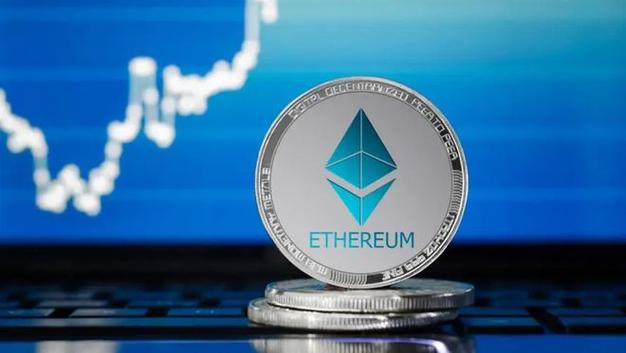
Understanding Ethereum (ETH): A Comprehensive Guide
Ethereum, often abbreviated as ETH, is a cryptocurrency that has gained significant popularity over the years. It’s not just a digital asset; it’s the backbone of the Ethereum network, which is a decentralized platform for developing and deploying smart contracts and decentralized applications (DApps). If you’re new to the world of Ethereum or looking to dive deeper, this guide will provide you with a comprehensive overview.
What is Ethereum (ETH)?
Ethereum is a blockchain-based platform that enables the creation of decentralized applications and smart contracts. It was launched in 2015 by Vitalik Buterin, a Russian-Canadian programmer. The platform uses its native cryptocurrency, ETH, to facilitate transactions and run smart contracts. Unlike Bitcoin, which is primarily a digital currency, Ethereum is a platform that supports a wide range of applications beyond just transactions.

Ethereum’s Basic Features and Advantages
Here are some of the key features and advantages of Ethereum:
- Decentralization: Ethereum operates on a decentralized network, meaning no single entity has control over the entire system. This ensures that the network is secure and transparent.
- Smart Contracts: Ethereum introduced the concept of smart contracts, which are self-executing contracts with the terms of the agreement directly written into lines of code. This eliminates the need for intermediaries and ensures the reliability and fairness of the contracts.
- Programmability: Ethereum allows developers to build and deploy a wide range of decentralized applications, catering to various industries and user needs.
- High Security: Ethereum employs cryptographic techniques and a distributed ledger model to ensure the security of transactions and personal information, reducing the risk of hacking or data breaches.
Applications of Ethereum (ETH)
Ethereum has a wide range of applications, some of which are:
- Decentralized Finance (DeFi): Ethereum’s smart contracts enable the creation of decentralized financial services, such as decentralized exchanges, stablecoin issuance, and lending platforms.
- Digital Asset Issuance and Management: Ethereum provides tools for the issuance and management of various digital assets, allowing for the creation, destruction, and transfer of tokens through smart contracts.
- Internet of Things (IoT) Applications: Ethereum’s smart contract functionality can be integrated with IoT devices to enable intelligent collaboration and provide more convenient and secure IoT applications.
- Decentralized Identity Verification: Ethereum’s smart contracts can be used to establish secure and privacy-protected digital identity solutions.
Understanding Ethereum’s Blockchain Technology
Blockchain technology is the foundation of Ethereum. It is a globally shared, decentralized ledger that records transactions in a secure, transparent, and immutable manner. Here are some key aspects of blockchain technology:
- Transactions: Transactions are records of value that are added to the blockchain. They are verified and confirmed by the network before being added to a block.
- Blocks: Blocks are collections of transactions that are grouped together and added to the blockchain. Each block contains a reference to the previous block, creating a chain of blocks.
- Miners: Miners are individuals or organizations that validate and add new blocks to the blockchain. They are rewarded with ETH for their work.
- Proof of Work (PoW): Ethereum uses PoW as its consensus mechanism, which requires miners to solve complex mathematical problems to validate transactions and add new blocks to the blockchain.
Choosing the Right Hardware for Ethereum Mining
One of the most popular ways to earn ETH is through mining. Mining involves using your computer’s hardware to solve complex mathematical problems and validate transactions on the Ethereum network. Here are some key considerations when choosing hardware for Ethereum mining:
- Graphics Cards (GPUs): GPUs are the most important component for Ethereum mining. They are responsible for performing the calculations required to mine ETH. NVIDIA and AMD GPUs are commonly used for mining.
- Motherboards: Motherboards should have enough PCI-E slots to accommodate multiple GPUs. They should also be stable and reliable.
- Power Supplies: A high-quality power supply is essential for mining. It should be able to provide enough power for all your hardware components.
<





